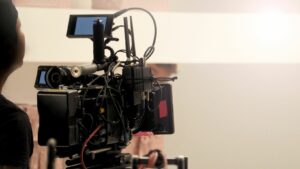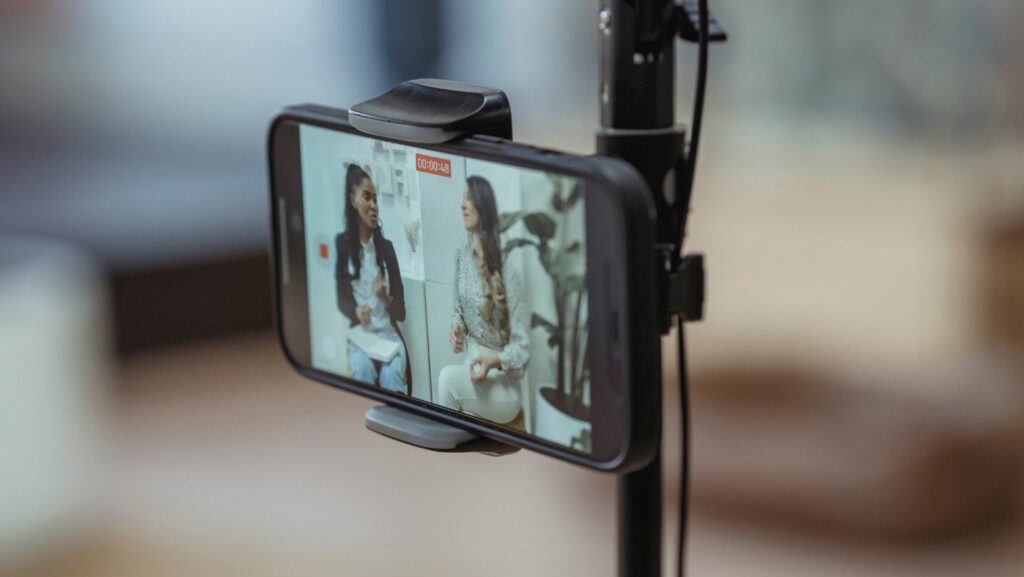Table of Contents
Toggle In an era where digital content reigns supreme, mastering the art of recording can set creators apart in a crowded landscape. Whether it’s capturing crystal-clear audio for a podcast or filming that perfect video for YouTube, understanding the nuances of recording can elevate the quality of any project. High-quality recordings not only engage audiences but also enhance credibility and professionalism. Many aspiring creators often find themselves overwhelmed by the technical aspects of recording. However, with the right tips and tricks, anyone can transform their recording setup from amateur to professional. From selecting the right equipment to optimizing acoustics, these insights can make a significant difference in the final output. By focusing on key elements, creators can ensure their content resonates with listeners and viewers alike, making a lasting impression.
In an era where digital content reigns supreme, mastering the art of recording can set creators apart in a crowded landscape. Whether it’s capturing crystal-clear audio for a podcast or filming that perfect video for YouTube, understanding the nuances of recording can elevate the quality of any project. High-quality recordings not only engage audiences but also enhance credibility and professionalism. Many aspiring creators often find themselves overwhelmed by the technical aspects of recording. However, with the right tips and tricks, anyone can transform their recording setup from amateur to professional. From selecting the right equipment to optimizing acoustics, these insights can make a significant difference in the final output. By focusing on key elements, creators can ensure their content resonates with listeners and viewers alike, making a lasting impression.
Recording Tips
Select Suitable Equipment

Quality equipment creates a strong foundation for impressive recordings. Microphones, such as condenser models, capture detailed audio across a
wide frequency range. Interfaces enhance sound quality and provide necessary connectivity for devices. Headphones with closed-back design offer accurate monitoring by isolating sound.
Optimize Acoustics
Improving room acoustics is essential for clear sound. Acoustic panels reduce unwanted reflections and echo, creating a balanced listening environment. Thick carpets and curtains absorb excess noise, minimizing disturbance in recordings.
Establish Proper Microphone Placement
Positioning the microphone correctly impacts its effectiveness significantly. Maintaining an appropriate distance, approximate 6 inches, ensures clarity while avoiding distortion. To capture direct sound, align the microphone with the sound source.
Essential Equipment for High-Quality Recordings
High-quality recordings hinge on using the right equipment. Skilled creators leverage essential tools to capture clear audio and ensure a professional output.
Microphones
Choosing the right microphone impacts sound clarity. Condenser microphones, known for their sensitivity, excel in capturing vocals and acoustic instruments. Dynamic microphones offer durability and perform well in noisy environments. USB microphones provide plug-and-play convenience, making them ideal for beginners.
Audio Interfaces
Audio interfaces convert analog signals into digital data. They improve sound quality compared to built-in computer sound cards. Look for interfaces with low latency for real-time monitoring. Options with phantom power are necessary for condenser microphones requiring external power.
Headphones and Monitors
Accurate sound monitoring involves quality headphones and monitors. Closed-back headphones isolate sound, preventing bleed during recording. Studio monitors offer flat frequency responses for unbiased playback. These tools aid in identifying sound imperfections during mixing and editing.
Setting Up Your Recording Environment
Creating an optimal recording environment significantly enhances sound quality. It involves both acoustic treatment and soundproofing to ensure precise audio capture.
Acoustic Treatment
 Acoustic treatment focuses on managing sound reflections within a recording space. Creators often use foam panels, bass traps, and diffusers to control echo and reverberation. Foam panels absorb mid to high frequencies, reducing room noise. Bass traps absorb low frequencies, minimizing sound muddiness. Diffusers scatter sound waves, creating a balanced acoustic environment. Strategic placement of these materials transforms any room into a professional recording habitat.
Acoustic treatment focuses on managing sound reflections within a recording space. Creators often use foam panels, bass traps, and diffusers to control echo and reverberation. Foam panels absorb mid to high frequencies, reducing room noise. Bass traps absorb low frequencies, minimizing sound muddiness. Diffusers scatter sound waves, creating a balanced acoustic environment. Strategic placement of these materials transforms any room into a professional recording habitat.
Soundproofing Techniques
Soundproofing isolates external noise, ensuring a clean recording. Often, dense materials and sealing solutions block sound transmission. Mass-loaded vinyl, heavy curtains, and door seals effectively reduce noise from neighboring areas. Double-glazed windows provide added insulation, preventing external sounds from filtering into recording sessions. Combined, these techniques mitigate noise interference, allowing creators to maintain focus and quality throughout their recordings.
Techniques for Better Recordings
Mastering recording techniques is essential for any creator aiming to produce professional and engaging content. By focusing on the right equipment and optimizing their recording environment creators can significantly enhance the quality of their projects. Implementing effective strategies like proper microphone placement and sound level management ensures clarity and precision in every recording.
Moreover utilizing advanced editing software allows creators to refine their recordings further eliminating noise and enhancing sound quality. With these techniques at their disposal creators are well-equipped to capture high-quality audio that resonates with their audience. Embracing these recording tips not only boosts the production value but also strengthens the creator’s credibility and impact in the digital landscape.

